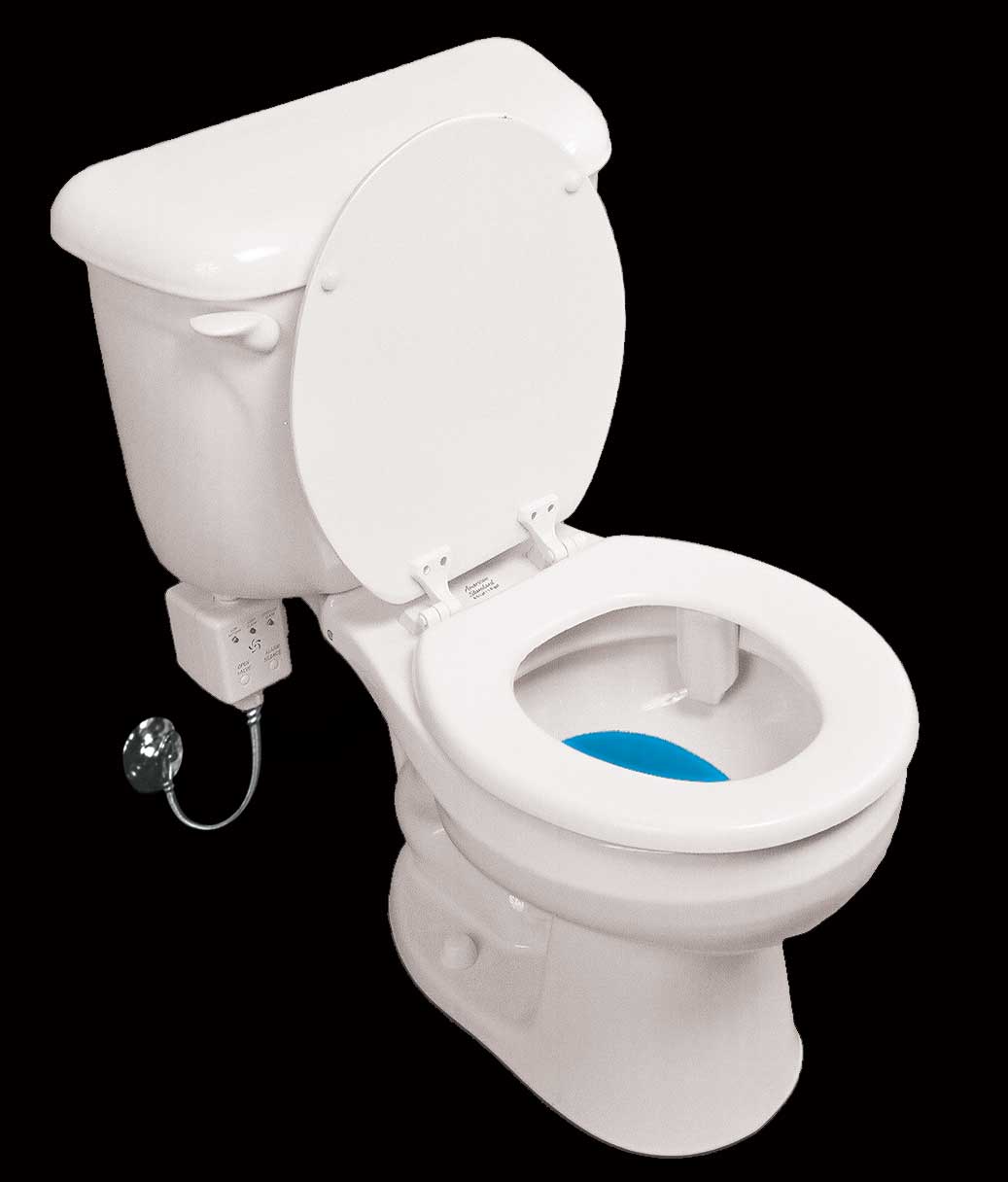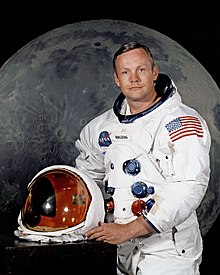Facebook (stylized facebook) is a social networking service and website launched in February 2004, operated and privately owned by Facebook, Inc. As of January 2010, Facebook has more than 600 million active users. Users may create a personal profile, add other users as friends, and exchange messages, including automatic notifications when they update their profile. Additionally, users may join common interest user groups, organized by workplace, school or college, or other characteristics. The name of the service stems from the colloquial name for the book given to students at the start of the academic year by university administrations in the United States to help students get to know each other better. Facebook allows anyone who declares themselves to be at least 13 years old to become a registered user of the website.
Facebook was founded by Mark Zuckerberg with his college roommates and fellow computer science students Eduardo Saverin, Dustin Moskovitz and Chris Hughes. The website's membership was initially limited by the founders to Harvard students, but was expanded to other colleges in the Boston area, the Ivy League, and Stanford University. It gradually added support for students at various other universities before opening to high school students, and, finally, to anyone aged 13 and over.
A January 2009 Compete.com study ranked Facebook as the most used social networking service by worldwide monthly active users, followed by MySpace. Entertainment Weekly included the site on its end-of-the-decade "best-of" list, saying, "How on earth did we stalk our exes, remember our co-workers' birthdays, bug our friends, and play a rousing game of Scrabulous before Facebook?" Quantcast estimates Facebook has 135.1 million monthly unique U.S. visitors in October 2010. According to Social Media Today, in April 2010 an estimated 41.6% of the U.S. population had a Facebook account.
HISTORY
Mark Zuckerberg wrote Facemash, the predecessor to Facebook, on October 28, 2003, while attending Harvard as a sophomore. According to The Harvard Crimson, the site was comparable to Hot or Not, and "used photos compiled from the online facebooks of nine houses, placing two next to each other at a time and asking users to choose the 'hotter' person".
To accomplish this, Zuckerberg hacked into the protected areas of Harvard's computer network and copied the houses' private dormitory ID images. Harvard at that time did not have a student "facebook" (a directory with photos and basic information). Facemash attracted 450 visitors and 22,000 photo-views in its first four hours online.
The site was quickly forwarded to several campus group list-servers, but was shut down a few days later by the Harvard administration. Zuckerberg was charged by the administration with breach of security, violating copyrights, and violating individual privacy, and faced expulsion. Ultimately, however, the charges were dropped. Zuckerberg expanded on this initial project that semester by creating a social study tool ahead of an art history final, by uploading 500 Augustan images to a website, with one image per page along with a comment section. He opened the site up to his classmates, and people started sharing their notes.
The following semester, Zuckerberg began writing code for a new website in January 2004. He was inspired, he said, by an editorial in The Harvard Crimson about the Facemash incident. On February 4, 2004, Zuckerberg launched "Thefacebook", originally located at thefacebook.com.
Six days after the site launched, three Harvard seniors, Cameron Winklevoss, Tyler Winklevoss, and Divya Narendra, accused Zuckerberg of intentionally misleading them into believing he would help them build a social network called HarvardConnection.com, while he was instead using their ideas to build a competing product. The three complained to the Harvard Crimson, and the newspaper began an investigation. The three later filed a lawsuit against Zuckerberg, subsequently settling.
Membership was initially restricted to students of Harvard College, and within the first month, more than half the undergraduate population at Harvard was registered on the service. Eduardo Saverin (business aspects), Dustin Moskovitz (programmer), Andrew McCollum (graphic artist), and Chris Hughes soon joined Zuckerberg to help promote the website. In March 2004, Facebook expanded to Stanford, Columbia, and Yale. It soon opened to the other Ivy League schools, Boston University, New York University, MIT, and gradually most universities in Canada and the United States.Facebook incorporated in the summer of 2004, and the entrepreneur Sean Parker, who had been informally advising Zuckerberg, became the company's president. In June 2004, Facebook moved its base of operations to Palo Alto, California. It received its first investment later that month from PayPal co-founder Peter Thiel. The company dropped The from its name after purchasing the domain name facebook.com in 2005 for $200,000.
Facebook launched a high-school version in September 2005, which Zuckerberg called the next logical step. At that time, high-school networks required an invitation to join. Facebook later expanded membership eligibility to employees of several companies, including Apple Inc. and Microsoft. Facebook was then opened on September 26, 2006, to everyone of age 13 and older with a valid email address.
On October 24, 2007, Microsoft announced that it had purchased a 1.6% share of Facebook for $240 million, giving Facebook a total implied value of around $15 billion. Microsoft's purchase included rights to place international ads on Facebook. In October 2008, Facebook announced that it would set up its international headquarters in Dublin, Ireland. In September 2009, Facebook said that it had turned cash flow positive for the first time. In November 2010, based on SecondMarket Inc., an exchange for shares of privately held companies, Facebook's value was $41 billion (slightly surpassing eBay's) and it became the third largest US web company after Google and Amazon. Facebook has been identified as a possible candidate for an IPO by 2013.
Traffic to Facebook increased steadily after 2009. More people visited Facebook than Google for the week ending March 13, 2010. Facebook also became the top social network across eight individual markets — in Australia, the Philippines, Indonesia, Malaysia, Singapore, New Zealand, Hong Kong and Vietnam — while other brands commanded the top positions in certain markets, including Google-owned Orkut in India, Mixi.jp in Japan, CyWorld in South Korea, and Yahoo!'s Wretch.cc in Taiwan.
On October 24, 2007, Microsoft announced that it had purchased a 1.6% share of Facebook for $240 million, giving Facebook a total implied value of around $15 billion. Microsoft's purchase included rights to place international ads on Facebook. In October 2008, Facebook announced that it would set up its international headquarters in Dublin, Ireland. In September 2009, Facebook said that it had turned cash flow positive for the first time. In November 2010, based on SecondMarket Inc., an exchange for shares of privately held companies, Facebook's value was $41 billion (slightly surpassing eBay's) and it became the third largest US web company after Google and Amazon. Facebook has been identified as a possible candidate for an IPO by 2013.
Traffic to Facebook increased steadily after 2009. More people visited Facebook than Google for the week ending March 13, 2010. Facebook also became the top social network across eight individual markets — in Australia, the Philippines, Indonesia, Malaysia, Singapore, New Zealand, Hong Kong and Vietnam — while other brands commanded the top positions in certain markets, including Google-owned Orkut in India, Mixi.jp in Japan, CyWorld in South Korea, and Yahoo!'s Wretch.cc in Taiwan.
In March 2011 it was reported that Facebook removes approximately 20,000 profiles from the site every day for various infractions, including spam, inappropriate content and underage use, as part of its efforts to boost cyber security.
In early 2011, Facebook announced plans to move to its new headquarters, the former Sun Microsystems campus in Menlo Park, California.








